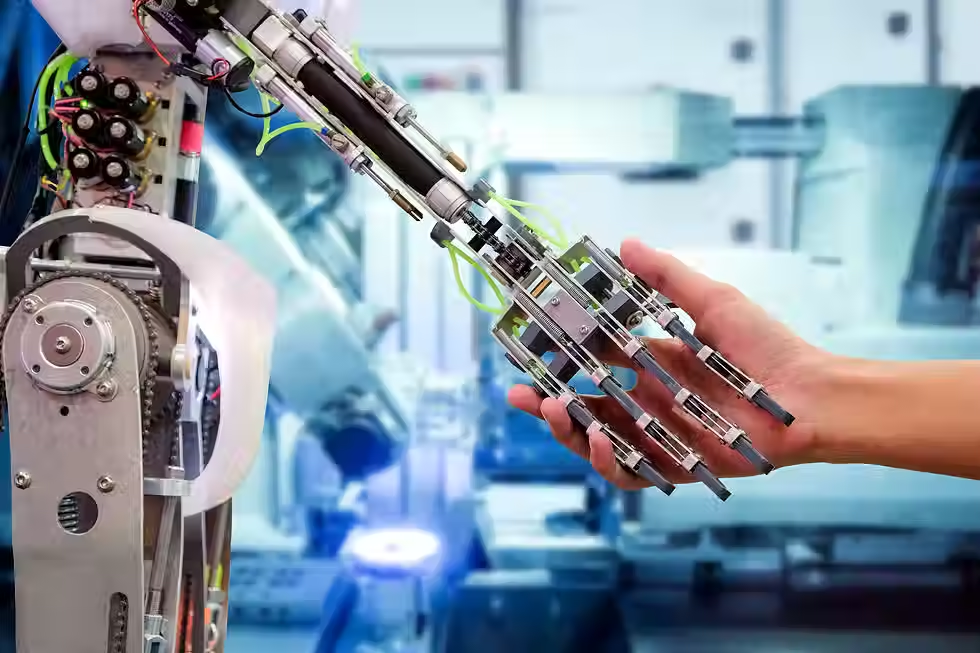Rebuilding Trust in the Age of AI Regulation
- Geoffrey Brown
- Jun 3
- 2 min read
Updated: Jun 4
Why Offline AI is Becoming the New Compliance Gold Standard
By POWER PRO PTE LTD, Strategic Technology Contributor
As AI regulations harden across the globe, the European Union’s Artificial Intelligence Act (EU AI Act) is poised to become the most consequential legal framework for AI systems to date. With enforcement on the horizon, enterprises face a pivotal choice: continue relying on centralized, cloud-based models or embrace decentralized, Offline AI to meet rising demands for compliance, security, and trust.
This editorial explores how the regulatory tide is shifting across key sectors—from healthcare to semiconductors—and argues that Offline AI, exemplified by the Antopia model, may become the structural foundation of responsible, future-proof AI.
A New Era of Accountability: What the EU AI Act Demands
The EU AI Act defines a bold new standard: AI must be transparent, safe, fair, and under human oversight. High-risk systems such as diagnostic tools, credit decision engines, and defense-related platforms are subject to rigorous obligations. These include:
- Verified data governance and integrity checks
- Human-in-the-loop decision oversight
- Risk management protocols
- Explainable models with audit trails
- Conformity assessments and CE markings
Non-compliance can cost companies up to €35 million or 7% of global turnover, eclipsing even GDPR penalties.
The Cloud Is Not Ready
Despite its convenience, cloud-based AI faces increasing scrutiny. Data sovereignty is murky, auditability is limited, and sensitive systems are exposed to surveillance, reverse engineering, or compliance gaps.
For sectors like defense, semiconductors, and insurance—where confidentiality and IP protection are paramount—these risks are not abstract. They are actionable liabilities. Regulators now expect enterprises to proactively anticipate such vulnerabilities.
Antopia’s Offline AI: A Blueprint for Trust-Centric Deployment
The Antopia model offers a powerful alternative, anchored in three pillars:
- Sovereign Data Control: All data training and inference occur on-premise, eliminating cross- border risk and aligning with privacy mandates.
- Modular Compliance Architecture: Built-in audit logs, version control, and explainability features make regulatory alignment a native capability, not a retrofit.
- Zero-Trust Security Framework: Utilizing TPM-enabled hardware and local execution, Antopia ensures AI models are tamper-proof, encrypted, and shielded from external threats.
Critical Use Cases: When Offline Is Not Optional
- Semiconductor Manufacturing: Proprietary production algorithms need protection from third-party inference. Offline AI enables secure, audit-ready deployments within closed networks.
- IC Design: Intellectual property leakage from cloud inference is a growing concern. Antopia enables local FPGA-based execution to preserve architecture integrity.
- Insurance Underwriting: Offline AI allows complex decision models to run internally while ensuring compliance with both GDPR and AI Act frameworks.
A Three-Pillar Playbook for Strategic AI Deployment
1. Strategic: In high-sensitivity sectors, Offline AI should become the default.
2. Technological: Pair secure execution environments with hardware-level protections.
3. Governance: Build oversight, bias documentation, and version tracking into AI development cycles.
Offline AI as a Strategic Firewall
The core questions of AI governance are no longer academic:
- Who controls the data?
- Who is accountable for bias?
- Who can audit the model?
Offline AI provides actionable answers to all three. In an era where compliance equals competitive advantage, Offline AI is not just a technical architecture—it is a structural trust firewall. For organizations looking to lead in regulated AI ecosystems, the time to move offline is now.
Media Contact
Power Pro Media Relations
Mail: info@sustainpowerpro.com
Website: www.sustainpowerpro.com



